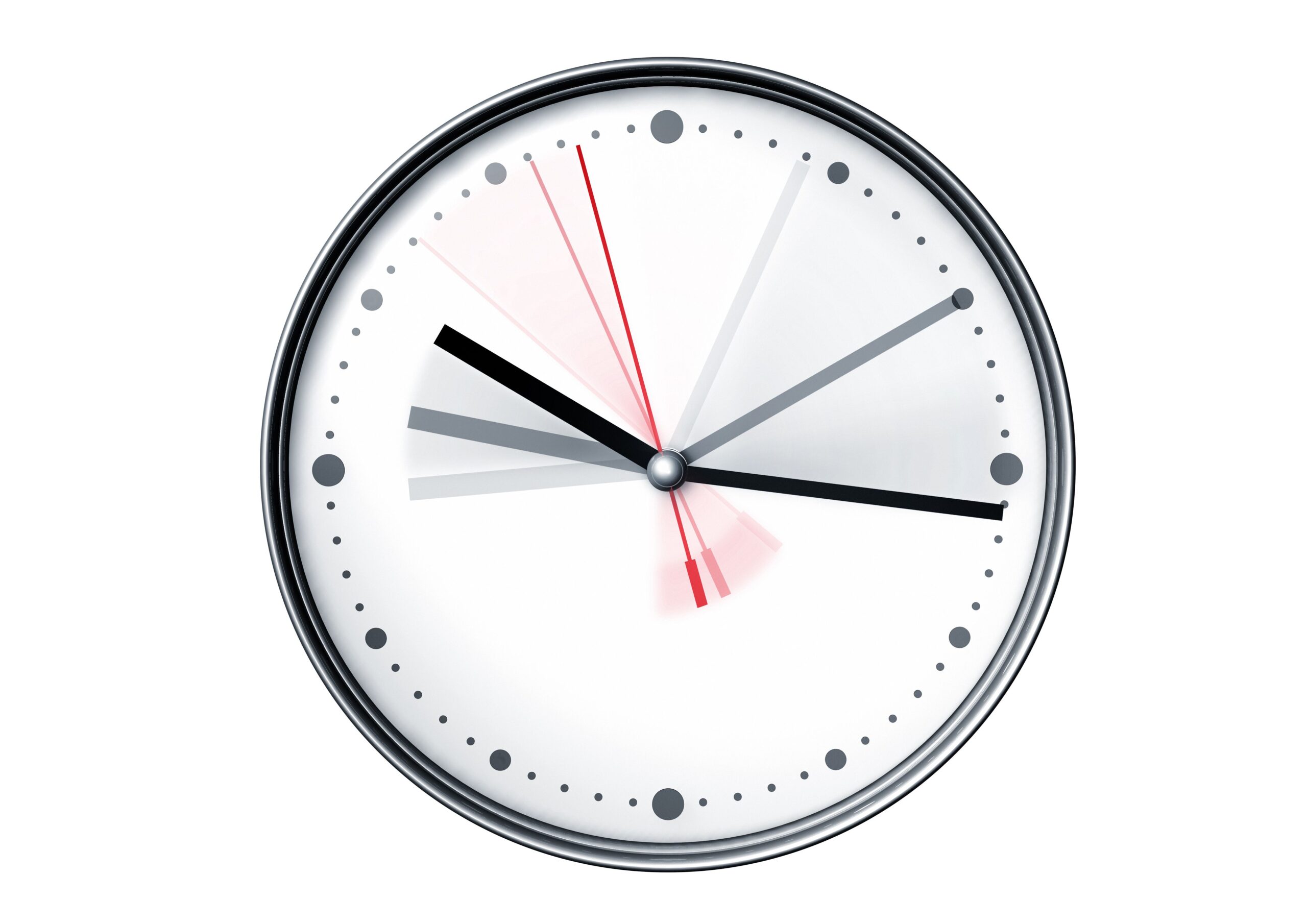Unlock Sharp Scissors at Home: Proven DIY Methods and Expert Tips
Introduction: Why Sharp Scissors Matter
Sharp scissors play a crucial role in daily life-whether for crafting, tailoring, cooking, or general household maintenance. Dull blades not only slow you down but can also damage materials and lead to uneven cuts. Fortunately, you don’t need professional equipment or expensive services to restore your scissors to optimal sharpness. With proven DIY techniques and everyday items, you can efficiently sharpen your scissors at home and achieve professional-level results. This guide provides step-by-step instructions, explores multiple approaches, and details solutions for common challenges-empowering you to maintain your tools with confidence.
Understanding Scissor Anatomy and Why They Dull
Most scissors feature two blades with beveled edges that intersect to make clean cuts. Over time, frequent use, cutting abrasive materials, or improper storage can wear down the edge, resulting in dullness. Dull scissors may snag or tear materials, requiring more effort and risking injury. Regular maintenance is key to extending the lifespan of your scissors and ensuring precise performance.
Essential Tools and Materials for Home Sharpening
Before starting, gather the following items-most are likely already in your home:
- Handheld sharpening stone or pocket sharpener
- Honing rod (usually found in knife sets)
- Aluminum foil
- Piece of hardened steel (such as a drill bit)
- Clean cloth and lubricating oil (optional, for finishing)
While dedicated scissor sharpeners or fine belt sharpeners yield optimal results, these alternatives are practical and cost-effective for most households [1] [2] .
Step-by-Step Guide: Sharpening Scissors with a Sharpening Stone
Using a sharpening stone is among the most reliable methods for restoring blade edges:
- Open the scissors fully and lay them flat on a sturdy surface to prevent movement [1] .
- Identify the beveled edge -this is the side you will sharpen first.
- Hold the sharpening stone (preferably 600 grit) at the same angle as the bevel. This ensures effective sharpening without damaging the blade.
- Starting from the tip , slide the stone toward the pivot point, maintaining consistent pressure and angle. Repeat several times until a fresh, shiny edge appears.
- Flip the scissors and repeat on the other blade.
- Check for a burr (a slight raised edge) on the inside-this indicates successful sharpening.
- Wipe the blades clean and apply a drop of lubricating oil for smooth operation.
This method provides a precise edge and works well for general-purpose and specialty scissors. Sharpening stones are widely available at hardware stores and online retailers.
Alternative Method: Using a Honing Rod or Hardened Steel
If you lack a sharpening stone, a kitchen knife honing rod or a piece of hardened steel (like a drill bit) can serve as a substitute [2] :

Source: curbly.com
- Rest the scissors on the rod at a slight angle, aligning with the blade’s bevel.
- Draw the blade across the rod from tip to pivot, using light pressure. Repeat several times for each blade.
- Test the sharpness by snipping paper-if the cut is clean, you’ve restored the edge.
This technique is less aggressive than stone sharpening but effective for routine maintenance and quick fixes. It’s ideal for kitchen, office, or craft scissors.
Quick Fix: Sharpening with Aluminum Foil
Aluminum foil is a popular hack for mildly dull scissors [4] . Follow these steps:
- Fold a piece of foil several times to create a thick strip (at least 20 cm long).
- Cut through the foil repeatedly with your scissors. The friction helps polish and realign the blade edge.
- Check the sharpness and repeat if necessary.
This approach is best for touch-ups or between full sharpenings. While it won’t restore severely damaged blades, it extends the useful life of your scissors.
Professional-Grade Results: Dedicated Scissor Sharpeners
Manual and powered scissor sharpeners, such as fine belt sharpening systems, deliver precise results and are recommended for high-quality or specialty scissors. If you frequently sharpen tools, investing in a dedicated sharpener can save time and ensure consistency. Popular brands like Work Sharp offer models specifically designed for scissors and knives [2] . Always follow manufacturer instructions for best results and safety.
Critical Tips for Safe and Effective Sharpening
Regardless of the method, keep these guidelines in mind:
- Sharpen only the beveled edge -working on the flat side may damage the scissors.
- Maintain a consistent angle to avoid uneven sharpening and preserve blade integrity.
- Check for burrs and remove them by making a few cutting motions with the scissors.
- Clean thoroughly after sharpening to remove metal filings and debris.
- Lubricate the pivot point to ensure smooth operation.
Improper technique can worsen dullness or create hazardous edges, so proceed carefully and consult manufacturer recommendations when available.
Troubleshooting: Common Challenges and Solutions
If your scissors remain dull after sharpening, consider these troubleshooting steps:
- Inspect for damage -chips, nicks, or bent blades may require professional repair.
- Repeat the process -some scissors need multiple passes, especially if heavily worn.
- Try alternative methods -if one technique doesn’t work, switch to another as described above.
- Replace if necessary -inexpensive scissors may not be worth extensive restoration.
For high-value or specialty scissors, consult a professional sharpening service for expert assessment and care.
Alternative Pathways: Maintaining Scissor Sharpness
To prolong the sharpness of your scissors:
- Use scissors only for their intended purpose-avoid cutting hard materials like wire or plastic unless designed for such tasks.
- Store scissors in a dry, safe place to prevent rust and accidental dulling.
- Clean blades regularly with a soft cloth and mild detergent.
- Apply a drop of lubricating oil to the pivot for smoother movement.
Routine maintenance will minimize the need for frequent sharpening and ensure reliable performance.

Source: curbly.com
Accessing Additional Resources and Expert Guidance
If you need further assistance or wish to explore advanced sharpening tools:
- Search for “dedicated scissor sharpeners” on reputable hardware retailer websites.
- Consult tutorial videos from recognized DIY experts or tool manufacturers.
- Contact local hardware stores for product recommendations and in-person guidance.
- Ask professional sharpening services about their offerings-many provide mail-in or drop-off options.
For official manufacturing guidance, visit the brand website or search for maintenance instructions using the specific model name.
Conclusion: Empower Your DIY Routine
Sharpening scissors at home is a practical, rewarding skill that ensures your tools are always ready for action. By following these step-by-step instructions and exploring alternative approaches, you can maintain sharp blades, save money on replacements, and tackle any cutting task with confidence. Remember to use verified resources, consult experts as needed, and prioritize safety throughout the process.
References
- [1] YouTube (2024). How To Sharpen Scissors At Home – Quick and Easy Ways.
- [2] YouTube (2020). How to Sharpen Scissors – 3 Ways, Plus Hacks!
- [3] YouTube (2024). How to Sharpen Scissors in Seconds or you can Restore …
- [4] Homeys Tools for Life (2023). 4 ways to sharpen your scissors with things lying around …



